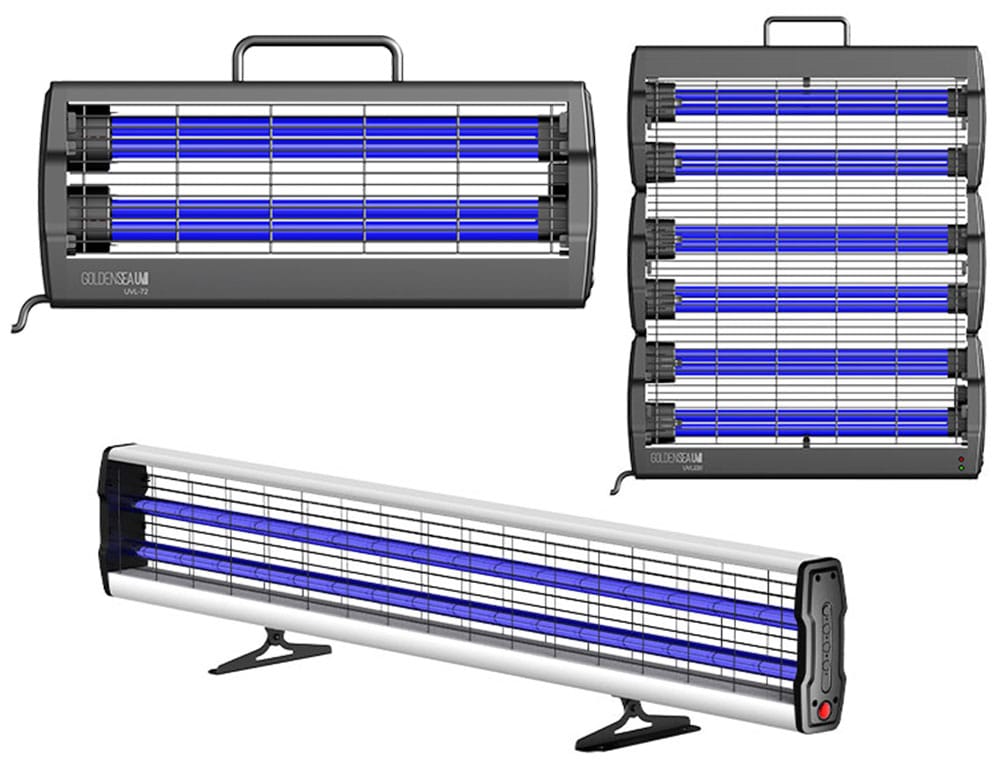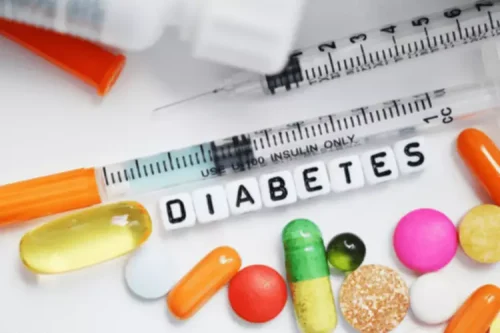Typically, a diagnosis of alcohol use disorder doesn’t require any other type of diagnostic test. There’s a chance your doctor may order blood work to check your liver function if you show signs or symptoms of liver disease. Although the exact cause of alcohol use disorder is unknown, there are certain factors that may increase your risk for developing this disease. As mentioned above, long-term overconsumption of alcohol has also been linked to many conditions, including cardiovascular disease; several types of cancer; neurological disorders (including Alzheimer’s disease); and stroke. Recognizing the early signs and risk factors for AUD can help you seek early treatment and intervention to break alcohol misuse patterns. Another complication is alcohol withdrawal syndrome, which may occur after you stop drinking and can cause symptoms such as nausea, shaking, and sweating.
- This article introduces a number of AUD topics that link to other Core articles for more detail.
- Cerebellar degeneration caused by alcohol occurs when neurons in the cerebellum deteriorate and die.
- Symptoms can develop just 5 hours after the last drink and persist for weeks.
- If your provider suspects that you have a problem with alcohol, you may be referred to a mental health provider.
Mental health
This is a well-known complication that can occur in people having alcohol addiction. Along that same line, we know that previous history of pancreatitis is considered a use-with-caution, or we don’t want to use GLP-1 RA therapy in people who have had pancreatitis. Several treatment options and interventions can help a person recover from alcohol dependence. Once a person stops using alcohol, they can often experience recovery from symptoms, though in some cases, some damage may be permanent. Females can be more susceptible than males to many of the negative consequences of alcohol use, such as nerve damage, as they may begin to see effects from a lower amount of alcohol consumption.
Alcohol use disorder
Since alcohol affects various aspects of a person’s life, treatment plans are designed to also work on a person’s psychological and physical well-being. It is important to remember that AUD is not due to an individual’s lack of self-discipline or resolve. Long-term alcohol use can produce changes in the brain that can cause people to crave alcohol, lose control of their drinking and require greater quantities of alcohol to achieve its desired effects. It can also cause people to experience withdrawal symptoms if they discontinue alcohol use. People with severe or moderate alcohol use disorder who suddenly stop drinking could develop delirium tremens (DT).
- What’s more, according to the Centers for Disease Control and Prevention (CDC), excessive alcohol use leads to over 95,000 deaths in the U.S. every year.
- There is also some evidence for another medication, baclofen, which has been endorsed by the American College of Gastroenterology for patients with alcohol addiction and liver disease.
- While the exact causes of alcoholism are not known, a number of factors can play a role.
- This could lead to disability, chronic pain, and damage to your arms and legs.
- It also includes binge drinking — a pattern of drinking where a male has five or more drinks within two hours or a female has at least four drinks within two hours.
- In addition, about 40 to 60 percent of people who experience chronic alcohol misuse also experience alcohol-related myopathy.
How is alcohol withdrawal managed?
- If you have a concern that you have AUD, you can see a health professional for consultation.
- In addition to getting professional treatment and support, there are things that you can do to help feel better and improve your chances of recovery.
- Working to stop alcohol use to improve quality of life is the main treatment goal.
- It’s very interesting that it’s similar to alcohol liver disease.
- We don’t see that the nausea or, more generally, not feeling well — malaise, etc. —are driving mechanisms for how these medications work.
Residential treatment programs typically include licensed alcohol and drug counselors, social workers, nurses, doctors, and others with expertise and experience in treating alcohol use disorder. Healthcare providers diagnose the condition by doing a physical examination to look for symptoms of conditions that alcohol use disorder may cause. Whether you care for youth or adults, you are likely to encounter patients with alcohol use disorder (AUD) regularly in your practice. For example, antidepressants, if someone with an alcohol addiction were self-medicating to treat their depression. Or a doctor could prescribe drugs to assist with other emotions common in recovery.
Everyday Health follows strict sourcing guidelines to ensure the accuracy of its content, outlined in our editorial policy. We use only trustworthy sources, including peer-reviewed studies, board-certified medical experts, patients with lived experience, and information from top institutions. Mutual-support groups like Alcoholics Anonymous (AA) and inpatient rehabilitation are how to recognize signs and symptoms of alcoholism and alcohol abuse common treatments for alcohol problems. Take our free, 5-minute “Has My Alcohol Use Become a Problem? ” self-assessment below if you think you or someone you love might be struggling with an alcohol use disorder (AUD). The evaluation consists of 11 yes or no questions that are intended to be used as an informational tool to assess the severity and probability of an AUD.
What are the symptoms of AUD?
Furthermore, you may not recognize the signs of an alcohol use disorder in yourself or in someone else. Peer support groups can help people reduce or stop drinking. https://ecosoberhouse.com/ Many communities have programs that meet frequently that may be helpful for some people. Treatment for alcohol use disorder can vary, depending on your needs.
In 2021, 29.5 million Americans aged 12 or older met the diagnostic criteria for an AUD. However, genetics doesn’t guarantee a problem with alcohol. The exact mechanism that causes people to misuse alcohol is unclear. As you recover from AUD, you may find it helpful to see a psychotherapist who uses cognitive behavioral therapy (CBT) techniques. CBT helps you modify your thoughts and actions, while also learning alternative coping mechanisms.
Alcohol addiction, also known as alcoholism, is a disease that affects people of all walks of life. Experts have tried to pinpoint factors like genetics, sex, race, or socioeconomics that may predispose someone to alcohol addiction. Psychological, genetic, and behavioral factors can all contribute to having the disease. Behavioral treatments—also known as alcohol counseling, or talk therapy, and provided by licensed therapists—are aimed at changing drinking behavior. Examples of behavioral treatments are brief interventions and reinforcement approaches, treatments that build motivation and teach skills for coping and preventing a return to drinking, and mindfulness-based therapies. Health care professionals use criteria from the Diagnostic and Statistical Manual of Mental Disorders, Fifth Edition (DSM-5), to assess whether a person has AUD and to determine the severity, if the disorder is present.
What Are the Symptoms of Alcohol Use Disorder?
Yes, long-term excessive alcohol consumption may lead to peripheral neuropathy, which can cause pain in your feet. The sooner you stop drinking alcohol, the more favorable your outlook is if you have alcohol-related neuropathy. Research suggests you can recover from some or all of the nerve damage caused by alcohol-related neuropathy. Alcoholism, now called alcohol use disorder (AUD), is a condition in which you have difficulty stopping or managing your alcohol intake despite experiencing negative consequences. In addition to that, we recently have seen an increase in human evidence that GLP-1 RAs may reduce alcohol drinking.



